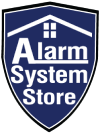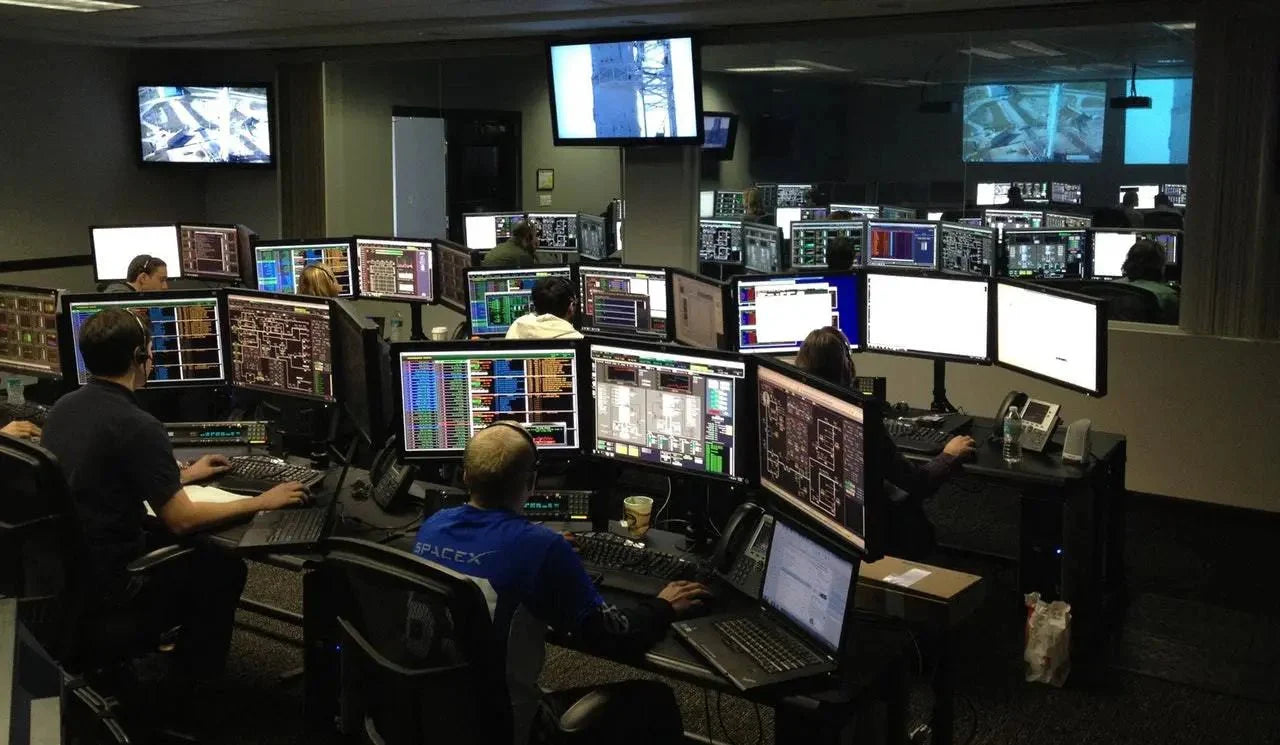
01 Feb 2019
- 0 Comment(s)
According to the FBI, there has been a 19% decline in property crime such as burglary, larceny, and motor vehicle theft in the last few years. Sadly, the overall stats show that there are still around 325,000 homes broken into.
It’s a scary thought that, even with the advancement of home security, burglars and thieves relentlessly try to learn how to disable alarms or break into houses to get a quick buck. Of course, there are serious consequences for each attempt – especially for the people in your house. With all that DIY alarm systems in place, what more can you do to prevent or lessen the chance of a break in or emergencies in your house?
The answer is simple: alarm monitoring services.
An alarm monitoring service is basically where your alarm system equipment is monitored by a central monitoring station for alarm conditions arising from break-ins.
How exactly can this improve your home alarm system’s effectiveness? Well, in the event that the alarm system is tripped, the monitoring station is alerted. If a threat or emergency is verified, the security service will call the proper authorities nearest to your location to respond as soon as possible.
There are three types of alarm monitoring available for those who want to level up their security systems at home, and we’ll discuss each of them.
No-cost self-monitoring

Photo courtesy of Pixabay via Pexels.com
Owners of this type of self-monitoring system are prepared to pay more up front, aka one-time fee in additional equipment cost rather than to pay for a subscription from a security provider.
This type of security system alerts homeowners through a phone line or perhaps IP device in some instances connected to the control panel of the alarm. Whenever any of its sensors are triggered, it will call them to alert the homeowner. But like landlines, this system is limited because of the lack of technology to provide you with a detailed report on what has happened in your home.
Luckily, there are some advancements being made. Nowadays, most alarm systems can be upgraded to use internet or cellular communicators that will send notifications to you if an alarm condition occurs.
The downside here is that burglars can easily cut the internet/phone wires to disable your alarm system’s ability to send alarm signals for notification. As a result, nobody will be able to inform the authorities that something has happened in your house until it’s a little bit too late. Also, since it often can’t produce a detailed report, you would be calling in the police or fire department And the sad thing about this is that you can receive a hefty fine for that.
In San Diego, California, NBC.com reported that the fine for false alarm on the first offense starts with US$100 and increases another US$100 for every additional infraction. It tops out at US$500 at the fifth offense.
This kind of security upgrade would be a perfect fit for condominiums and apartments. The noise of the alarm would easily notify your neighbors, who can then call the building security. You can also easily call them up and ask a favor to check your house.
Premium self-monitoring

Photo courtesy of Pixabay via Pexels.com
Want something more robust? A premium self-monitoring solution may be best for your home. For a small service fee you’ll be able to have more control over your security system using a premium self-monitoring alarm system.
Unlike the previous system, this one uses a cellular network, which will make it hard for burglars to locate and disarm the alarm. Moreover, it gives its users the ability to arm/disarm or check the status remotely.
The owners even have the option to automate protocols in case they need to be away for some time. Some wireless alarm systems have an app that lets you watch the feed on your mobile phone or computer via Ethernet. In addition, other premium self-monitoring services allow the homeowner to forward signals or alerts to a central station and notify authorities if desired for an increased level of security.
This would be a nice addition to single-detached houses. This self-monitoring security system can provide more information than the previous option, which you can use to report when you call the proper authorities and avoid hefty fines or being labeled the “boy who cried wolf.”
Central station monitoring

Photo courtesy of Pixabay via Pexels.com
This is the big daddy of security systems monitoring – central station monitoring. Not all people searching for a good security solution want an ongoing service fee that central station monitoring requires. In fact, even though we provide the service at a lower wholesale rate, only about 10% of our customers opt to sign up for professional alarm monitoring service. But what’s so good about central station monitoring, anyway?
Unlike the previous self-monitored security solutions, this one has a full staff looking out for your house 24/7 like the picture above. These people are trained to deal with emergencies and respond accordingly. This helps the proper authorities in responding faster and more efficiently to emergencies in your house. Central station monitoring does not only save your house from burglars, it also saves you from possible fines due to a false alarm dispatch as the central attempts to verify an alarm prior to dispatching authorities.
There are additional ongoing fees for central station monitoring however most home insurance policies provide discounts for houses with central station monitoring service and the discount may be enough to pay for the service in some cases even. Why do insurance companies provide discounts for homes using professional alarm monitoring? Simple. They know it reduces losses.
This would be a great option for those who are often away from their house. Having an additional set of eyes looking after your house will give you a sense of security while you’re gone. And by the way, not only is our central station service a fraction of the normal cost for this service, we also provide free insurance certificates, free premium technical support for your system and we do not charge additional fees if you wish to monitor for fire, carbon monoxide, water and temperature sensors.
Conclusion
Each of these alarm monitoring solutions present features that fit different kinds of situations and budgets. Whatever you choose, don’t let your budget deter you from choosing the best one for your home. Having any of these three options will help assure you that your house and the people living in it are safe. After all, you can’t put a price on your loved ones’ safety.

